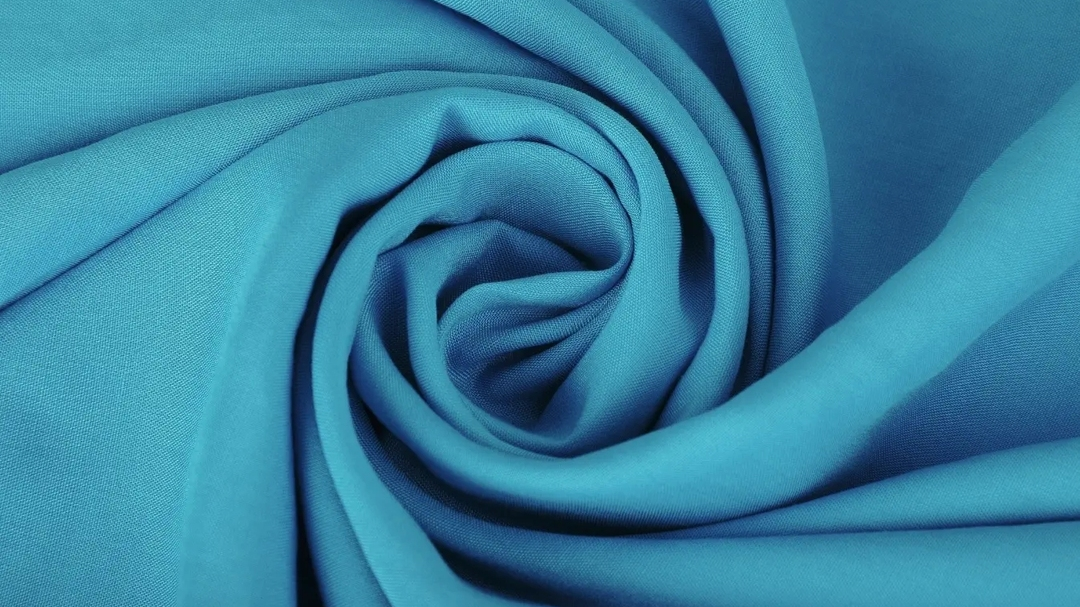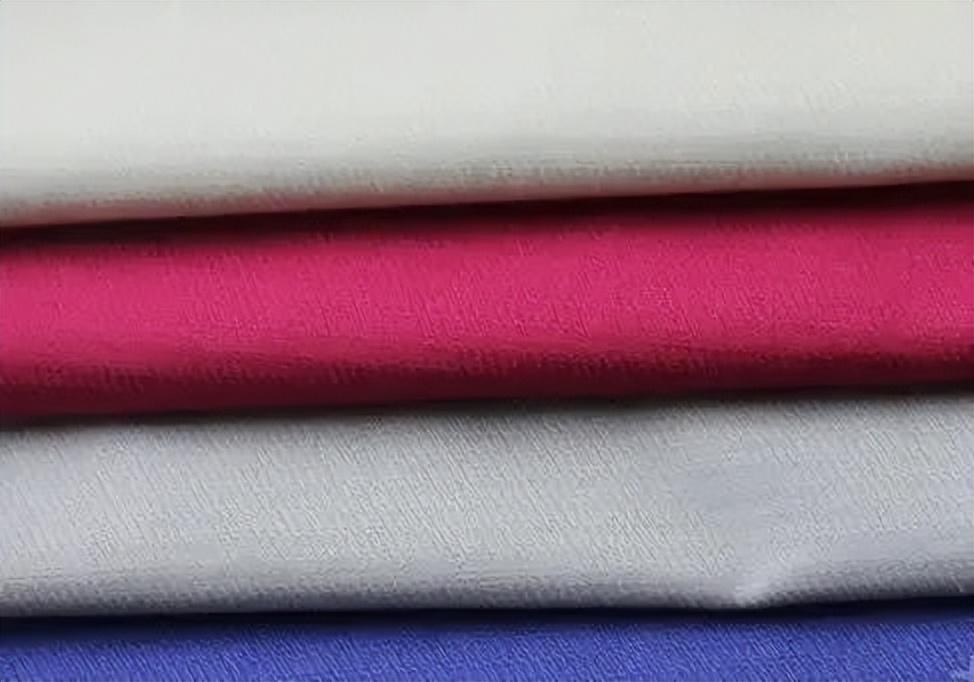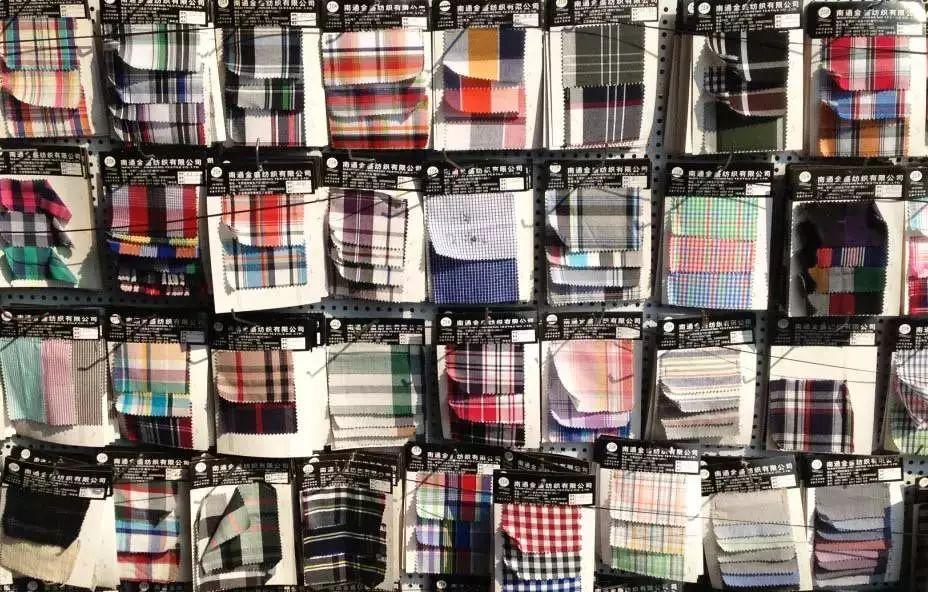What kind of fabric is cotton polyester?
Cotton-polyester fabric and poly-cotton fabric often appear on the labels of our shirts. They are both fabrics made of blends of cotton fiber and polyester fiber. So what kind of fabric is cotton polyester? What are the similarities and differences between cotton-polyester fabrics and polyester-cotton fabrics? Now let’s find out together.
There is really a difference!
Polyester-cotton refers to polyester-cotton blended fabrics, which are mainly made of polyester. Polyester-cotton blended fabrics are mainly made of polyester. The composition is a textile woven with 65%-67% polyester and 33%-35% cotton mixed yarn. Polyester-cotton cloth is commonly known as cotton.

1. Characteristics of polyester cotton:
It not only highlights the style of polyester but also has the advantages of cotton fabric. It has good elasticity and wear resistance in dry and wet conditions, stable size, small shrinkage, straightness, not easy to wrinkle, and easy to wash. , quick-drying characteristics. Do not use high temperature ironing or soaking in boiling water.
2. Disadvantages of polyester cotton:
The polyester fiber among polyester and cotton is a hydrophobic fiber. It has a strong affinity for oil stains and easily absorbs oil stains. It also easily generates static electricity during wearing and absorbs dust. It is difficult to wash and cannot be ironed at high temperatures or soaked in boiling water. .
3. Classification of polyester cotton:
Customers who often buy shirts know that the fabrics of many shirts are marked polyester or cotton-polyester. “Polyester cotton” and “cotton polyester”, when the order of the two words is changed, they become two different fabrics. “Polyester-cotton” fabric means that the content of polyester is more than 60%, and the content of cotton is less than 40%; “cotton-polyester” is just the opposite, meaning that the content of polyester is more than 60%, and the content of polyester is less than 40%.

The origin of cotton polyester
Mixed fabrics of cotton and polyester developed in the 1960s are fabrics mixed with cotton and polyester. The content of cotton is generally more than 60% and the content of polyester is less than 40%. Otherwise, it is called polyester-cotton. Cotton-polyester fabrics are more wrinkle-resistant than pure cotton fabrics, have better color solidity, good elasticity, good styling properties, good light and heat resistance, and are relatively less prone to shrinkage and fading problems; compared with polyester fabrics, Cotton-polyester fabrics are more comfortable, more breathable, and less likely to generate static electricity and absorb dust.
How do you feel about cotton and polyester clothing?
Cotton-polyester clothing combines the skin-friendly and breathable characteristics of cotton with the anti-wrinkle, smooth, three-dimensional and stylish characteristics of polyester. Comfortable and great texture.
So, which fabric is better, “polyester-cotton” or “cotton-polyester”? This depends on the customer preferences and actual needs. In other words, if you want the fabric of a shirt to have more polyester properties, choose “polyester-cotton”; if you want cotton to have more properties, choose “cotton-polyester”.
Polyester cotton is a mixture of polyester and cotton, and its feel is not as comfortable as pure cotton. It is better to wear cotton than to absorb sweat. Polyester is the largest variety of synthetic fibers with the highest output. Polyester has multiple trade names, and “polyester” is the trade name in my country. The chemical name is polyethylene terephthalate, which is usually polymerized by chemicals, so the scientific name often contains “poly”. Polyester is also called polyester. Structure and performance: The structural shape is determined by the spinneret hole. The cross-section of conventional polyester is circular without a middle cavity. By changing the cross-sectional shape of the fiber, special-shaped fibers can be produced. Improve brightness and cohesion. The fiber macromolecules have high crystallinity and high orientation, so the fiber has high strength (20 times that of viscose fiber) and good wear resistance. It has good elasticity, is not easy to wrinkle, is stiff and has good shape retention, good light and heat resistance, quick-drying and no ironing after washing, and good washability and wearability.

Polyester is a chemical fiber fabric and does not wick away sweat easily. It feels prickly to the touch, easily generates static electricity, and looks bright when tilted.
Polyester-cotton blended fabric is a variety developed in my country in the early 1960s. The fiber is crisp, smooth, and fast. Features such as dryness and durability make it deeply loved by consumers. At present, blended fabrics have developed from the original ratio of 65% polyester to 35% cotton to blended fabrics with various ratios such as 65:35, 55:45, 50:50, 20:80, etc. The purpose is to adapt to different levels of consumer demand.




![In the dyeing factory, knowledge of shaping various fibers [Practical experience]](https://www.garmentmanufacture.com/wp-content/themes/boke-x/thumb.php?src=https://www.garmentmanufacture.com/wp-content/themes/boke-x/images/8.jpg&w=400&h=260)

